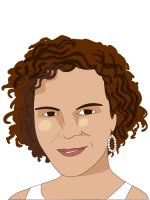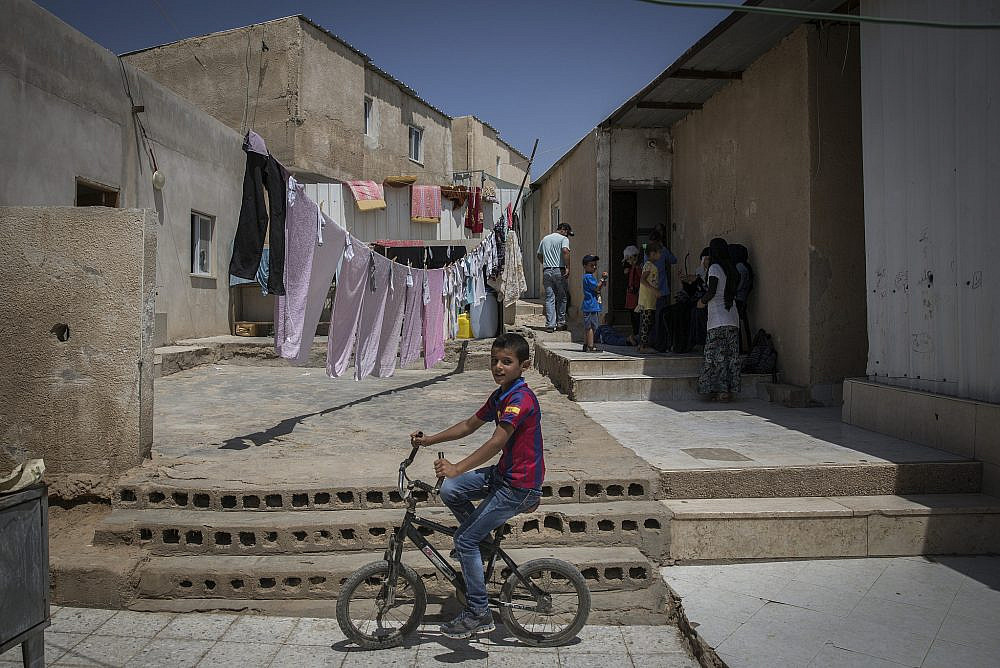“There were days when I didn’t have food for my six children,” says A., a resident of the Bedouin township of Rahat in southern Israel. “I would make them tea and bread. I said, ‘That’s all we have.’ They are good kids who make do with little.”
The COVID-19 crisis has affected everyone in Israel-Palestine, but the Bedouin citizens of Israel living in the Naqab/Negev Desert — many of whom lived in poverty and suffered from high unemployment long before the pandemic — have arguably taken the biggest hit of all.
Kheir Al-Bazz, a social worker and the chairman of AJEEC-NISPED, a Be’er Sheva-based NGO dedicated to social change and Arab-Jewish partnership, says that unemployment in the Naqab is among the highest inside Israel. “Even before the coronavirus, we had 30 percent unemployment among men and 80 percent among women. We still do not have accurate statistics, but in my estimation those numbers have doubled.”
According to data provided by Israel’s National Insurance Institute, as of 2018, every other family in the Negev lives below the poverty line. The image is destitute, and we are likely to see the results in a few months. People used up the little money they had left, and today they are scratching the bottom of the barrel.
Suliman Al-Qarini, who has been a social worker for 20 years and today serves as the deputy head of the welfare office in the Negev, says that “two-thirds of Arab families in the Negev lived under the poverty line before the crisis. Today it’s likely closer to 85 percent.”
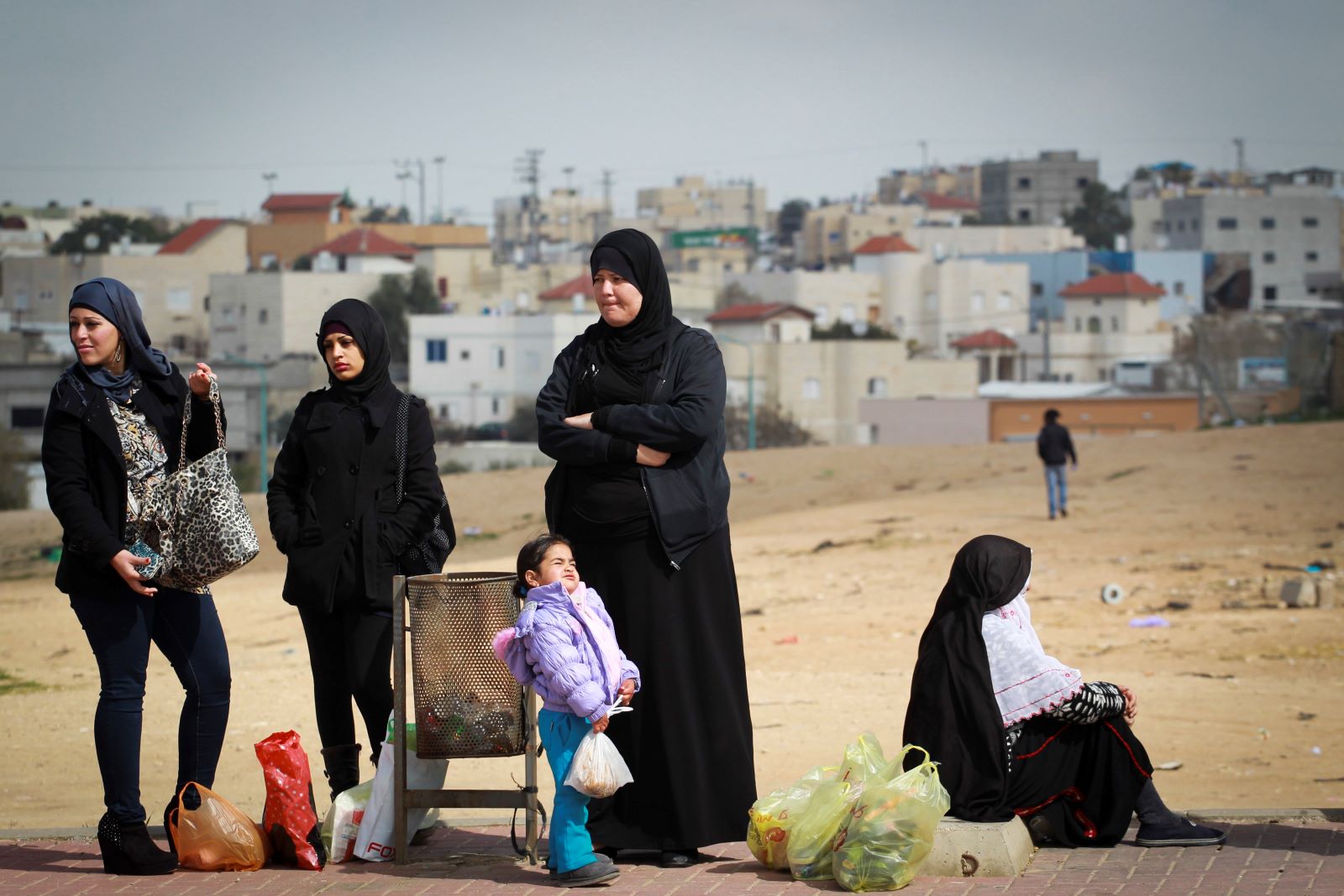
“More and more people reach out to me every year,” continued Al-Qarini. “We consult with them on how to guarantee their rights from the National Insurance Institute and the Israeli Employment Service, as well as completing higher education and taking courses. In the city of Rahat alone, we have 5,500 [welfare] cases of families out of 70,000 residents.”
“During the coronavirus we opened a hotline,” says Al-Qarini. “In the first week we got hundreds of calls, people with families we did not know — bus drivers, workers in factories that shut down… Everyone was begging for help.”
Al-Qarini himself hails from a poor family, growing up with 15 brothers. His father worked in manual labor and was barely able to support the family. Al-Qarini and his brothers believed that their ticket out of poverty was higher education; 11 of them graduated university and two became doctors.
“I am very empathetic to other people’s needs. I grew up like them. In the Naqab, 10 people live off 5,000 shekels a month. People don’t buy clothes. They don’t have a car, free time, cooked food, or internet. I know a lot of families that cannot afford to eat meat — only on holidays does someone donate a small piece of meat to them.
“We visited a family that doesn’t even have a door to the apartment or any furniture. I came across a case in which [the family] doesn’t even have the money to take the children to the barber. These are hundreds of families who regularly live like this. Imagine what happens to them during the coronavirus.”
‘Tragic’ situation in unrecognized villages
Al-Bazz of AJEEC-NISPED says that without donations, many people would starve. “There were many donations and food baskets that people received through the Islamic movement and other organizations. As a non-profit, we established an emergency committee under which many organizations could collaborate on distributing donations and aid.
“We even got some funding from the [IDF] Home Front Command,” al-Bazz continues. “The welfare office distributed shopping vouchers to needy families, and those whose work has been interrupted by the pandemic received social security payouts.
“We rely on and support one another, but that’s not the solution,” he adds. “Our children haven’t been studying for the past six months because most houses don’t have internet, electricity, or computers. We’re going to be paying the price for this for many years.”

Moreover, al-Bazz notes, the government — which is in the midst of an economic crisis — has suspended its funding of projects aimed at developing the Naqab. “The state now has an excuse to halt the investment we spent years fighting for,” he says.
Government decisions on these projects were supposed to be implemented by the end of 2021, and were to include investment in local councils and the recognized villages, al-Bazz continues. Now, however, there is a danger that most of these initiatives will not be introduced to the Naqab.
The status of the Naqab’s unrecognized villages, where almost half of the area’s Bedouin populace lives, is significantly worse. In addition to being denied basic services such as water, electricity, and safe roads, these villages live under the constant threat of demolition and eviction by the state.
Some residents of the unrecognized villages have lost their jobs and have no income at all, says al-Bazz — and as long as the villages are not recognized, their future will remain dire. Refusing public services like transportation also means that residents have no way to travel for work if they do not have a car or other means of transport.
“The situation in the unrecognized villages is tragic,” says al-Qarini. “The people most affected are those who don’t receive state allowances, like those for old age and disability, or unemployment or social security payments, as well as minors and women.”
‘Total poverty’
A., whose husband is unemployed and has six children, used to work as a kindergarten assistant for a small wage. Now, she says, she and her family live in “total poverty.”
“I make do with flour, oil and tomatoes,” she says. “I bake 35 pitas every two days, and make shakshuka with tomatoes. We rarely eat meat — only on holidays or once every few months. My kids have no idea what fruit is.”
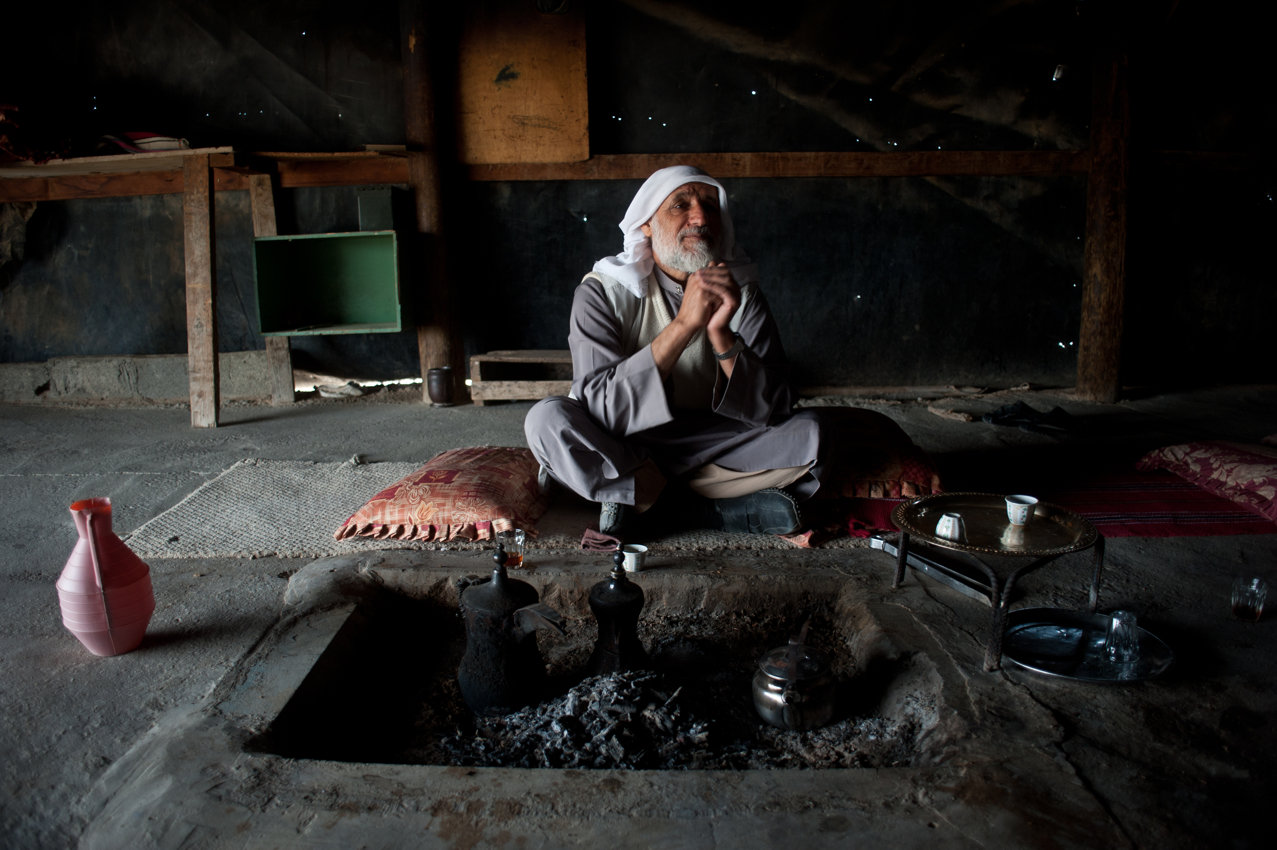
The pandemic has worsened the situation, A. says, forcing her to borrow money in order to buy food for her children who are now home all day. She receives small crates of food from the welfare office, as well as food vouchers. “If the situation carries on like this it’ll be suicide. I have no idea what to do.”
Muhammad, a resident of Abu Tlul, worked in transportation until the pandemic broke out. His wife does not work, but their eight children managed on his income. But he did not earn enough to save money, and he cannot claim unemployment benefits because he did not have a regular job.
Muhammad and his family receive a package of food from the Islamic Movement each month, he says, but it is not enough for everyone. “I’m ashamed to ask,” Muhammad continues. “I’m not a beggar. I didn’t register with the emergency committee, but someone told them about our situation and they sent us food parcels. I wanted to bury myself out of shame, but I need the help.
“I have no idea what will happen if the situation continues,” he adds. “I thought about selling my Ford, but it’s very old and I won’t get a lot for it. And how will I work after the corona[virus] if I don’t have a car? I’m scared, and I’m not sleeping.”
From self-sufficiency to dependency
“Arab society in the Naqab is one of the poorest in the country,” says al-Bazz. From being a historically self-sufficient society that lived on the food it produced, within 20 years of the establishment of the State of Israel, Palestinian Bedouin in the Naqab “underwent a drastic change — from being a producing society to a needy and even dependent one,” he explains.
The shift was down to Israeli land policies, which deemed Bedouin land in the Naqab to be state land “in need of liberating from the Arabs,” al-Bazz says. “Villages and towns were built in order to concentrate people in residential areas.” The result, he adds, was that an entire society underwent economic and employment transformations it was unprepared for.
Palestinian society in the Naqab subsequently lost all its resources without being given the tools to adapt to a completely different way of life. “People grew reliant on social security and paychecks, and there’s a lot of unemployment. And the change in lifestyle also raised household expenses — suddenly there’s household tax, water, and electricity bills. You need to buy food, clothing, telephones, travel, etc.”
These changes were imposed upon the population, al-Bazz emphasizes, and what would normally develop over centuries instead were forcibly expedited within 20 years.
“We arrived in Rahat from al-Razuq in 1978,” says Suliman al-Qarini. “There was no training. People who raised animals in the desert couldn’t start raising them in their house, and they had no other profession. There were also no funds equivalent to what moshavs [Jewish-Israeli farming cooperatives] in the Naqab received. They brought people to Rahat without any infrastructure — not even public transport. That only came in 2005.”
Al-Bazz echoes this point. “The emotional and economic toll of this shift was profound. We live in a cycle of poverty. Even if I earn NIS 10,000 a month I’ll remain poor, because I live in a poor society.”
‘A long way to go’
The Naqab is officially on the lowest rung of the country’s socioeconomic ladder, says Hanan Alkrenawi from Rahat. A social worker by training, Alkrenawi, 50, is the public relations manager at the Naqab-based Rayan Employment Center, which was established in 2008 to help residents retrain and find work. The center offers vocational lessons as well as Hebrew courses, and assesses training needs based on the job market.
“Israeli society wasn’t keen on the idea of hiring Arabs from the Naqab 10 years ago,” she explains. “The only employment options were schools and local councils. There weren’t enough teachers in the Naqab, nor enough trade and industry, so many turned to social security and received an income guarantee. Women were financially reliant on men.
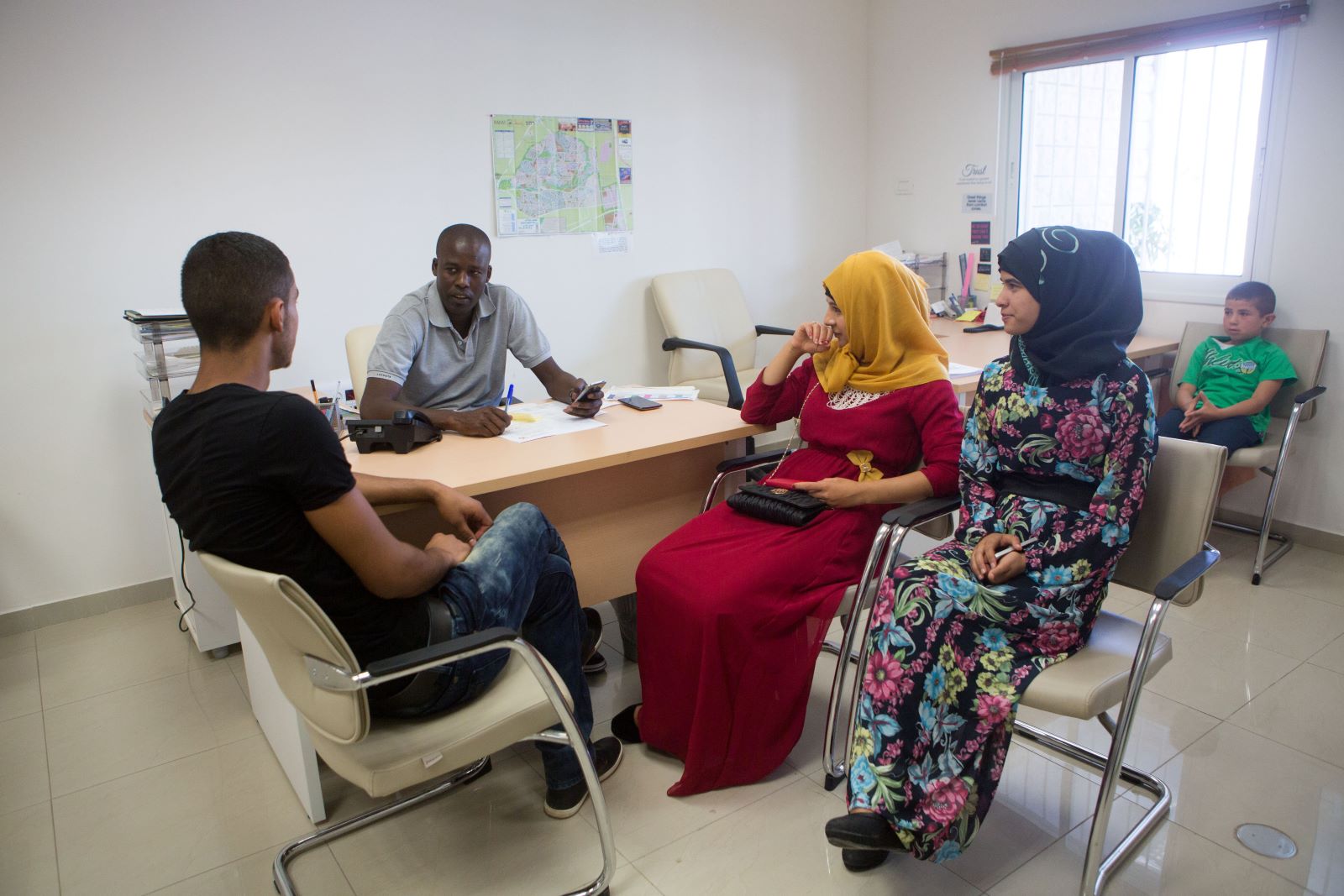
“There was a kind of transformation in 2010,” Alkrenawi continues. “Women understood that they were economically oppressed, and in Rahat they started studying and went out into the job market. They began working as contractors and took other women with them to work as farmers. They were working in the black market, earning only NIS 100-120, so Rayan helped them find workplaces and to get their rights.”
Alkrenawi adds that Rayan has especially focused on helping women over the past few years: “If the Naqab is at the bottom [of the ladder], then women are at the bottom of the bottom.”
Higher education is also a key factor in advancing women’s access to employment, al-Bazz says. “Only 10 percent of our youth go into higher education, and two-thirds of them are women. They’re going into academia because it’s a refuge for them — it allows them to leave the house and to get out of their current circumstances.”
Women who want to enter the workforce encounter other problems, adds al-Qarini. Although recognized villages have access to a bus service, if they miss that bus, they have no other way of getting to work. Unrecognized villages, meanwhile, have no public transport; only Rahat has uninterrupted bus services, he adds.
“The Naqab has always been neglected, and the coronavirus has made the situation much worse,” says Alkrenawi. “Unemployment has reached academia. Women successfully complete their degree and then have to walk [to work] for hours. There are doctors and lawyers who are working in agriculture or construction. It’s depressing for young people. We’ve registered many successes over the years, but there’s a lot of work to do and a long way to go.”
A version of this article was first published in Hebrew on Local Call. Read it here.

